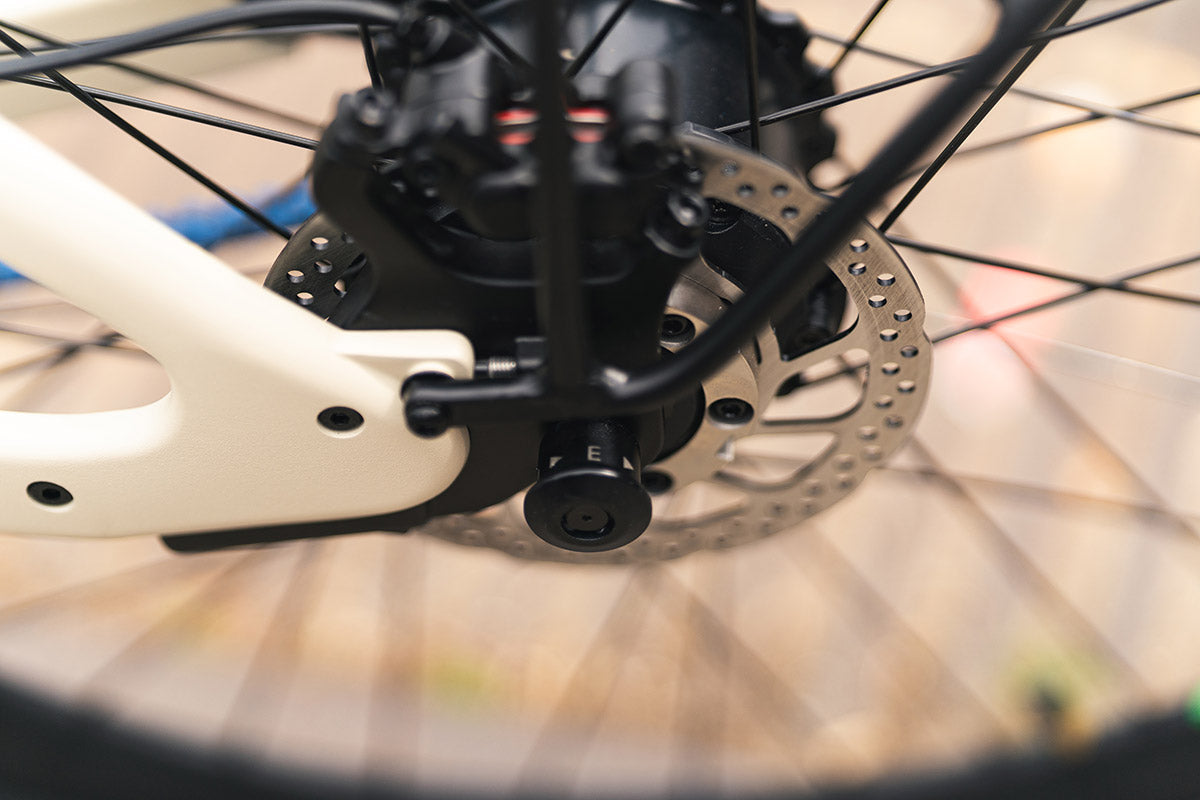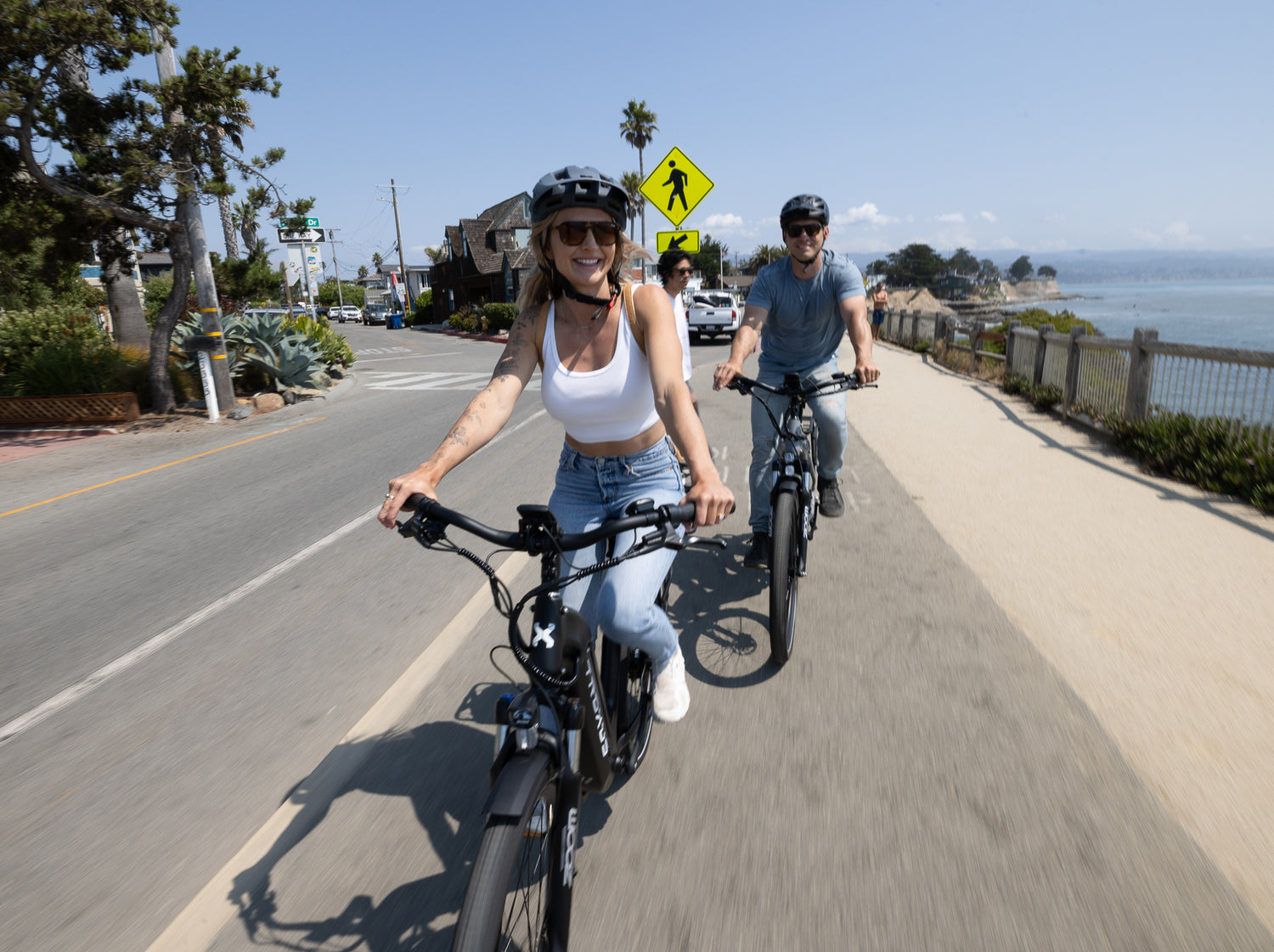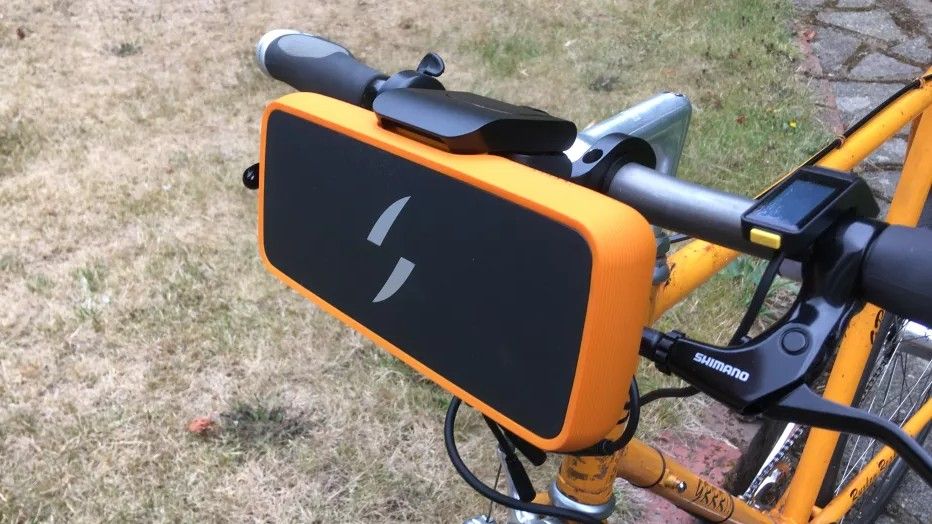Electric bicycle laws vary by region, covering aspects like speed limits, age restrictions, and helmet requirements. Understanding these regulations is crucial for safe and legal riding.
Electric bicycles, or e-bikes, are gaining popularity due to their convenience and eco-friendliness. Knowing the laws and regulations is essential to avoid fines and ensure safety. Different regions have specific rules regarding speed limits, motor power, and age restrictions. Riders must adhere to helmet requirements and other safety measures.
This guide will help you navigate the complex landscape of e-bike laws, offering clarity and peace of mind. Make informed decisions and ride responsibly by staying updated on the latest regulations in your area.
Federal Laws
The federal laws for electric bicycles are essential. They ensure safety and uniformity across states. Understanding these laws helps riders avoid penalties and enjoy their rides legally.
Definition Of Electric Bicycles
The federal government defines electric bicycles under the Consumer Product Safety Act. An electric bicycle is a bicycle with a motor. The motor must be less than 750 watts.
There are three types of electric bicycles:
- Class 1: Pedal-assist only, max speed of 20 mph.
- Class 2: Throttle-assisted, max speed of 20 mph.
- Class 3: Pedal-assist only, max speed of 28 mph.
All e-bikes must have fully operable pedals.
Speed And Power Limits
The federal law sets speed and power limits for electric bicycles. These limits ensure the safety of riders and pedestrians.
The power limit for electric bicycles is 750 watts or 1 horsepower. The speed limit depends on the class of the e-bike:
| Class | Max Speed (mph) |
|---|---|
| Class 1 | 20 |
| Class 2 | 20 |
| Class 3 | 28 |
Riders must follow these speed and power limits. Exceeding these limits can lead to fines and other penalties.
Electric bicycles also need to comply with equipment standards. They must have brakes, reflectors, and lights for night riding.
State-specific Regulations
Electric bicycles, or e-bikes, have become increasingly popular. They offer a fun and eco-friendly way to travel. However, regulations for e-bikes vary across states. Understanding these state-specific regulations is crucial for a safe and legal ride.
Helmet Requirements
Helmet laws for e-bikes differ from state to state. Below is a table summarizing helmet requirements in selected states:
| State | Helmet Required |
|---|---|
| California | Yes, for riders under 18 |
| New York | Yes, for riders under 14 |
| Texas | No requirement |
| Florida | Yes, for riders under 16 |
Age Restrictions
Age restrictions also vary by state. Some states allow younger riders, while others have stricter age limits:
- California: Riders must be at least 16 years old.
- New York: Riders must be at least 14 years old.
- Texas: No age restriction.
- Florida: Riders must be at least 16 years old.
Knowing these state-specific regulations helps ensure a safe and legal e-bike experience. Always check local laws before riding.
Local Ordinances
Understanding local ordinances is crucial for electric bicycle riders. Each area has unique laws. Knowing these rules helps you ride legally and safely. Below, we cover two key areas: riding on sidewalks and park and trail rules.
Riding On Sidewalks
Local laws about riding on sidewalks vary widely. Some cities allow it, while others don’t. Check your city’s rules before riding on sidewalks.
Riding on sidewalks can be unsafe. Pedestrians may not expect fast-moving bikes. Always ride slowly and yield to pedestrians.
Here is a general idea of sidewalk regulations:
| City | Sidewalk Riding Allowed |
|---|---|
| New York City | No |
| Los Angeles | Yes, under 10 mph |
| Chicago | Yes, in less busy areas |
Park And Trail Rules
Many parks and trails have specific rules for electric bicycles. Some parks ban them entirely. Others allow them with speed limits.
Before riding in a park or on a trail, check the rules. Look for signs or visit the park’s website. Following these rules keeps everyone safe.
Here are some common park and trail rules for electric bicycles:
- Speed limits of 15 mph or lower
- No riding on narrow trails
- Yield to pedestrians and horses
Respecting park and trail rules helps preserve nature. It ensures a pleasant experience for all visitors.
Licensing And Registration
Understanding the licensing and registration requirements for electric bicycles is crucial. It ensures you comply with the law and enjoy a safe ride. This section will cover whether you need a license and the registration process.
Do You Need A License?
The need for a license depends on your local laws. Some places classify electric bicycles as regular bicycles. In these areas, you do not need a license. Other places may require a special license, especially for faster e-bikes.
Here is a simple table to understand the licensing requirements:
| Country/State | License Required? |
|---|---|
| California, USA | No for Class 1 and 2, Yes for Class 3 |
| Germany | Yes for e-bikes over 25 km/h |
| Japan | No |
Registration Procedures
Registration procedures vary by region. In some areas, electric bicycles need to be registered like motor vehicles. Other places have simpler rules.
Follow these steps for a smooth registration process:
- Check local laws: Find the requirements for your area.
- Gather documents: Collect proof of purchase and ID.
- Visit registration office: Go to the local DMV or registration office.
- Fill out forms: Complete the necessary forms.
- Pay fees: Pay any required fees.
Some regions offer online registration for convenience. Always keep your registration papers handy while riding.
Safety Equipment
Riding an electric bicycle can be fun and efficient. Safety equipment is crucial to ensure you are protected. Following the right guidelines can help you stay safe on the road.
Mandatory Gear
Certain safety gear is required by law in many places. This gear is essential for your protection.
- Helmet: Wearing a helmet can reduce the risk of head injuries.
- Lights: Front and rear lights make you visible at night.
- Bell or Horn: Alert others of your presence with a bell or horn.
Recommended Accessories
Apart from mandatory gear, several accessories enhance safety. These are not required by law but are highly recommended.
- Reflective Clothing: Wear reflective clothing to be seen in low light.
- Mirrors: Mirrors help you see behind without turning your head.
- Gloves: Gloves protect your hands in case of a fall.
| Item | Purpose |
|---|---|
| Helmet | Protects your head |
| Lights | Makes you visible |
| Bell or Horn | Alerts others |
| Reflective Clothing | Increases visibility |
| Mirrors | Enhances rear view |
| Gloves | Protects your hands |

Credit: www.lemmofuture.com
Insurance And Liability
Understanding insurance and liability for electric bicycles is crucial. This ensures safety and compliance with local laws. Here, we discuss whether you need insurance and understanding liability aspects. This guide helps you ride responsibly and legally.
Do You Need Insurance?
Most states do not require insurance for electric bicycles. But, having insurance can be beneficial. Here are some reasons:
- Protection from Theft: Insurance can cover the cost if your bike is stolen.
- Accident Coverage: It can cover damages if you have an accident.
- Liability Protection: It can protect you if you injure someone.
Some states might have specific requirements. Always check local laws to ensure compliance.
Understanding Liability
Liability is crucial when riding an electric bike. You must know who is responsible in case of an accident.
Personal Liability: You are often responsible if you cause an accident. This means paying for any damages or injuries.
Third-Party Liability: If someone else causes an accident, they might be liable. You can claim compensation from their insurance.
It’s wise to have liability insurance. This protects you from unexpected costs.
| Scenario | Who is Liable? |
|---|---|
| Accident caused by you | You are liable |
| Accident caused by another rider | Other rider is liable |
| Accident due to road conditions | Government or road authority |
Knowing these aspects helps you ride safely and confidently. Always stay informed and prepared.
International Regulations
Understanding international regulations for electric bicycles is crucial for every rider. Different regions have unique laws and requirements. This section breaks down the regulations in Europe and Asia.
Europe
Electric bicycle regulations in Europe vary by country. Here’s a quick overview of common rules:
- Speed Limit: Most countries cap the speed at 25 km/h.
- Motor Power: The maximum motor power is usually 250W.
- Age Restrictions: Riders must be at least 14 years old.
Many European countries also mandate the use of helmets and lights. Below is a table summarizing some specific requirements:
| Country | Speed Limit (km/h) | Motor Power (W) | Helmet Required |
|---|---|---|---|
| Germany | 25 | 250 | Yes |
| France | 25 | 250 | Yes |
| Netherlands | 25 | 250 | No |
Asia
Asia’s electric bicycle laws are diverse. Each country has its own set of rules:
- China: Speed limit is 20 km/h and motor power is 240W.
- Japan: Speed limit is 24 km/h and motor power is 250W.
- India: Speed limit is 25 km/h and motor power is 250W.
In many Asian countries, electric bicycles must have a unique registration number. Here’s a quick comparison of some regulations:
| Country | Speed Limit (km/h) | Motor Power (W) | Registration Required |
|---|---|---|---|
| China | 20 | 240 | Yes |
| Japan | 24 | 250 | No |
| India | 25 | 250 | Yes |
Staying Updated
Electric bicycle laws and regulations can change frequently. To ride legally, you need to stay informed. Regular updates help you avoid fines and ride safely.
Following Legislative Changes
Legislative changes can impact your riding experience. Local governments often update rules for safety reasons. Keep an eye on new laws to ensure compliance.
| Region | Recent Changes |
|---|---|
| California | New helmet laws for riders under 18 |
| New York | Speed limit reduced to 20 mph |
| Florida | Mandatory lights for night riding |
Resources For Riders
Utilize various resources to stay informed. Government websites provide official updates. Check them regularly for new information.
- Local DMV Websites: They often post the latest regulations.
- Community Forums: Riders share experiences and updates.
- Mobile Apps: Some apps notify you about new laws.
Join online groups for electric bike enthusiasts. They discuss new rules and share tips. This helps you stay compliant and ride confidently.
Conclusion
Navigating electric bicycle laws can seem daunting, but understanding them is crucial. Stay informed and ride legally. Always check local regulations before riding. Following these guidelines ensures safety and compliance. Enjoy the freedom and convenience of electric bicycles responsibly. Stay updated on any changes to laws for a smooth and enjoyable ride.










